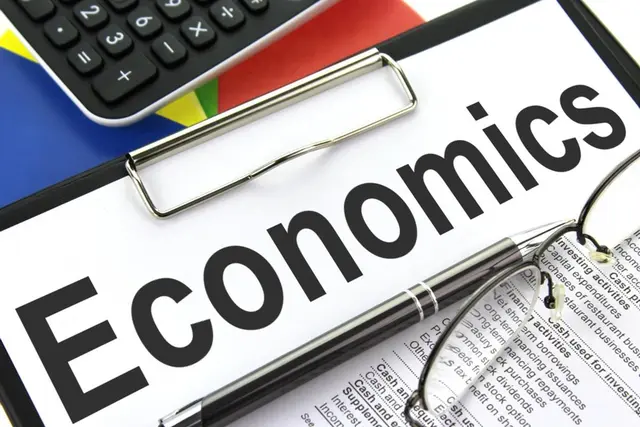
May 04, 2023 • Economics
The Promises and Pitfalls of Trickle-Down Economics
When the Rich Get Richer and the Rest of Us Wait for Rain

The Alluring Mirage of Trickle-Down Economics: A Brief Overview
As I sat in my threadbare armchair, pondering the mysteries of the universe and economics, I found myself contemplating the concept of trickle-down economics. For those of you unfamiliar with the term, it's the economic equivalent of trying to fill a lake by pouring water into a single pond and hoping the excess spills over. Sounds foolproof, right? Let's take a closer look at this elusive theory, its promises, and whether it holds water (pun intended) in practice.
How Trickle-Down Economics is Supposed to Work: A Champagne Fountain of Prosperity
Trickle-down economics finds its roots in supply-side economics, a macroeconomic theory that argues the most effective way to foster economic growth is by reducing barriers for producers. This approach focuses on policies like cutting taxes, deregulating industries, and reducing government intervention in the market, allowing producers (i.e., corporations and the wealthy) to invest, expand, and create jobs more easily.
Basically, the theory is based on the idea that if you cut taxes and provide other benefits to the wealthy, their increased wealth will eventually make its way to the rest of the population. It's like a game of economic "telephone," where the rich whisper sweet nothings into the ears of their money, and we all hope the message reaches us intact.
This should work like a charm. By cutting taxes for the wealthiest individuals and corporations, they'll have more money to invest in businesses, create jobs, and stimulate economic growth. It's a beautiful vision of cascading wealth and prosperity, like a champagne fountain at a Gatsby-esque soiree.
The Intended Beneficiaries: Who's Waiting for the Trickle?
But who should benefit from this fountain of fortune? Well, everyone, of course! As the rich get richer, they'll be creating jobs, increasing wages, and filling government coffers with tax revenues. It's a win-win situation, as long as you're willing to wait patiently for your share of the pie.
Reality Check: Does Trickle-Down Economics Hold Water in Practice?
Now, let's examine the reality of trickle-down economics. Does it work as intended, or is it more like a leaky faucet that leaves everyone parched? The evidence is, to put it mildly, less than convincing. While tax cuts for the wealthy can lead to short-term economic growth, they often fail to translate into meaningful improvements for the middle and lower classes. In fact, income inequality tends to increase under trickle-down policies.
Lessons from History: Trickle-Down Economics and its Disappointing Track Record
Take, for example, the 1980s in the United States, when President Reagan slashed taxes for the wealthiest Americans. While this move did spur some economic growth, it also led to ballooning deficits, skyrocketing income inequality, and an eventual recession. More recently, the 2017 tax cuts in the U.S. under President Trump followed a similar pattern, with the promised flood of prosperity turning out to be more of a disappointing drizzle.
Trickle-down economics is an alluring concept that promises a utopia of shared wealth and prosperity. Unfortunately, the reality often falls short of the dream, leaving most of us with dampened spirits and empty pockets. As for me, I'll continue to wait for my trickle-down windfall, huddled under the leaky roof of economic theory, while wondering if I should invest in a better umbrella.




